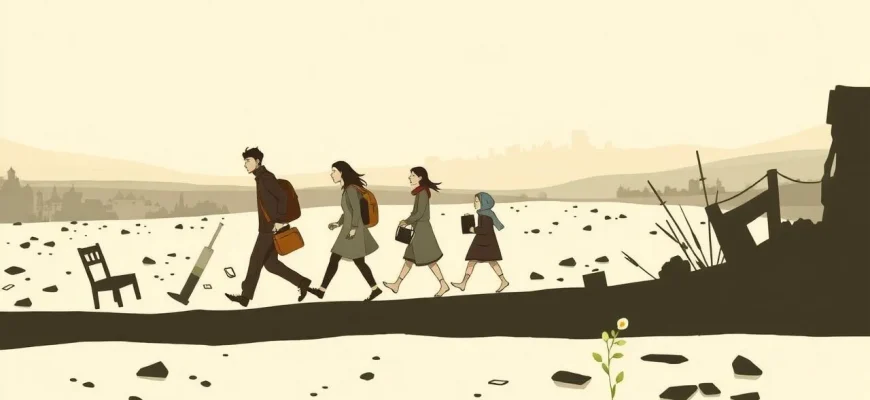The Soviet Union's experience during World War II was marked by immense hardship, including the mass evacuation of civilians from war-torn areas. These films not only capture the historical events but also delve into the emotional and psychological impact of such upheavals. Here are 10 Soviet films that provide a poignant look into the lives of those who were forced to leave their homes, offering a unique perspective on resilience, survival, and the human spirit.
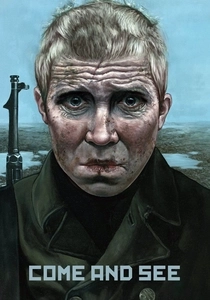
Come and See (1985)
Description: Although not strictly about evacuation, this film captures the essence of displacement and survival during WWII. It follows a young boy who joins the partisans, experiencing the horrors of war firsthand, including the evacuation of his village.
Fact: The film was shot in chronological order to capture the psychological transformation of the main character, making it an intense viewing experience.
 Watch Now
Watch Now 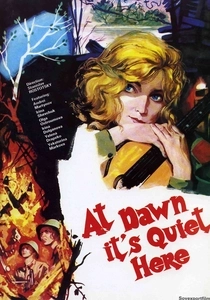
The Dawns Here Are Quiet (1972)
Description: This film focuses on a group of female anti-aircraft gunners who are forced to evacuate their position during a German offensive. It's a testament to the bravery and sacrifice of women during the war.
Fact: The film was remade in 2015, showcasing its enduring popularity and the timeless nature of its story.
 Watch Now
Watch Now 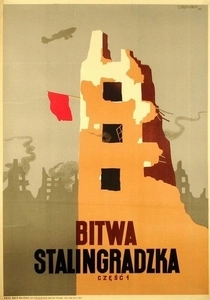
The Battle of Stalingrad (1949)
Description: Although focused on the battle itself, the film includes sequences of civilian evacuation, providing a backdrop to the military narrative.
Fact: It was one of the first Soviet films to depict the battle in detail, influencing future war films.
 30 Days Free
30 Days Free 
The Cranes Are Flying (1957)
Description: This film tells the story of Veronika, whose life is turned upside down when her fiancé Boris is drafted into the war. The narrative captures the chaos of evacuation and the emotional turmoil of those left behind, making it a poignant addition to this collection.
Fact: The film won the Palme d'Or at the Cannes Film Festival in 1958, marking a significant achievement for Soviet cinema.
 30 Days Free
30 Days Free 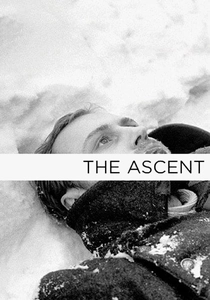
The Ascent (1977)
Description: Set during the German occupation of Belarus, this film follows two Soviet partisans who are forced to evacuate their base. It's a stark portrayal of survival and sacrifice, highlighting the harsh realities of wartime evacuation.
Fact: Larisa Shepitko, the director, tragically died in a car accident shortly after the film's release, leaving behind a legacy of profound cinematic work.
 30 Days Free
30 Days Free 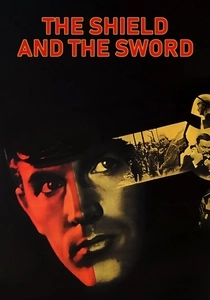
The Shield and the Sword (1968)
Description: While primarily a spy thriller, this film includes scenes of evacuation and the underground resistance, providing a broader context of the war's impact on civilians.
Fact: The series was one of the most popular Soviet TV productions, influencing the spy genre in Soviet cinema.
 30 Days Free
30 Days Free 
The Forty-First (1956)
Description: Set during the Russian Civil War, this film includes scenes of evacuation from a besieged city, highlighting the personal stories amidst the chaos of war.
Fact: The film was remade in 2004, showing its lasting impact on Russian cinema.
 30 Days Free
30 Days Free 
The Living and the Dead (1964)
Description: This film explores the psychological effects of war on civilians, including scenes of evacuation and the struggle to survive in occupied territories.
Fact: The film was directed by Alexander Stolper, known for his deep psychological portrayals in cinema.
 30 Days Free
30 Days Free 
The Fall of Berlin (1950)
Description: While focusing on the final days of WWII, the film includes the evacuation of civilians from Berlin, offering a glimpse into the end of the war from a different perspective.
Fact: The film was a major propaganda piece, showcasing the Soviet victory over Nazi Germany.
 30 Days Free
30 Days Free 
The Story of a Real Man (1948)
Description: Based on a true story, this film follows a Soviet pilot who, after losing his legs, returns to fight, including scenes of evacuation and the resilience of the human spirit.
Fact: The film was adapted from a novel by Boris Polevoy, which was inspired by the real-life story of pilot Alexei Maresyev.
 30 Days Free
30 Days Free 
